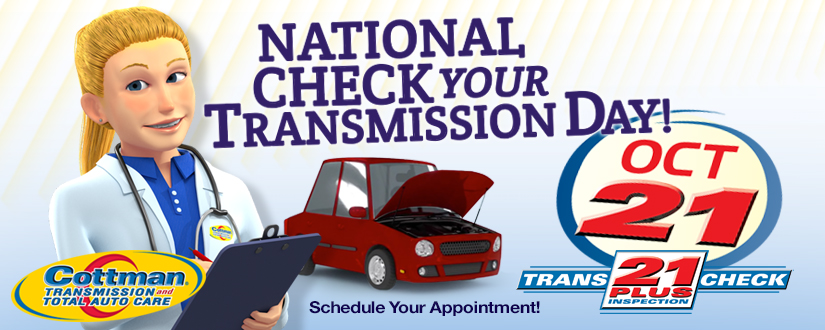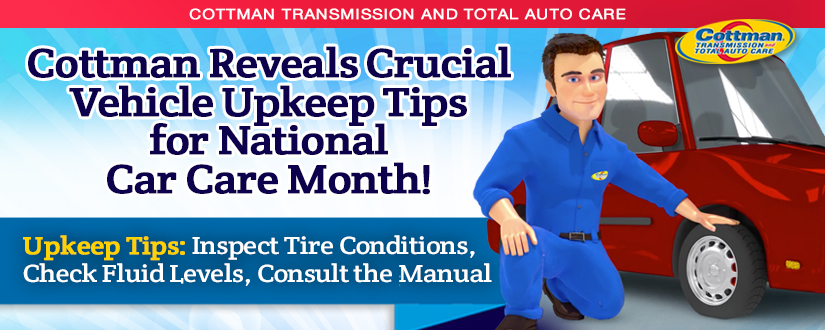If taking care of your car is important to you, chances are you’ve tried to look up your maintenance recommendations. One of the best places to find them is in your car’s owners manual. That’s that little book in your glove compartment that’s never been opened since the day you bought your car.
That book provides the complete factory recommendations for maintenance, showing exactly how often you should have your engine oil changed, your transmission serviced, your brake fluid changed (yes, really!), and many other suggested services.
Those services are recommended in miles and time; that is, “7500 miles or four months, whichever comes first.” 
The object is to have you perform that service at specific intervals, even if you don’t drive a lot.
One of the other points they make in the owners manual is that all recommendations are “based on normal driving conditions.” But what, exactly, is “normal” when it comes to driving conditions? Turns out, they’re about anything but normal.
What Counts As Normal Driving?
First, most manufacturers consider normal driving conditions as driving somewhere between 12,000 and 18,000 miles a year. Drive more or less than that and you’re outside the definition of “normal.”
They also assume you’ll be doing a variety of local and highway driving. And, while they assume a few hills, generally they expect most of your driving to be on somewhat flat surfaces. If you drive in the mountains, that’s far from normal.
So What Does Inclimate Weather Driving Look Like?
Normal also means average weather patterns. If you drive in the desert or live in the upper part of Alaska, those aren’t normal driving conditions. And the air is normally expected to be relatively clean; a lot of construction could kick up dirt into the air. Again, not normal.
What all translates to is that there are about seven people in the entire country whose driving fits within the definition of “normal”! The rest of us? Not so much.
What does that mean to you? It means that you may have to have the oil changed or transmission serviced a little more often than is recommended for someone whose driving is “normal.”
Your local Cottman center will be happy to discuss your particular driving situation, and help you figure out whether you meet the factory’s definition of “normal” or not. And, no matter how “abnormal” you turn out to be, they’ll be happy to help you work out a maintenance schedule that fits your particular driving quirks.








